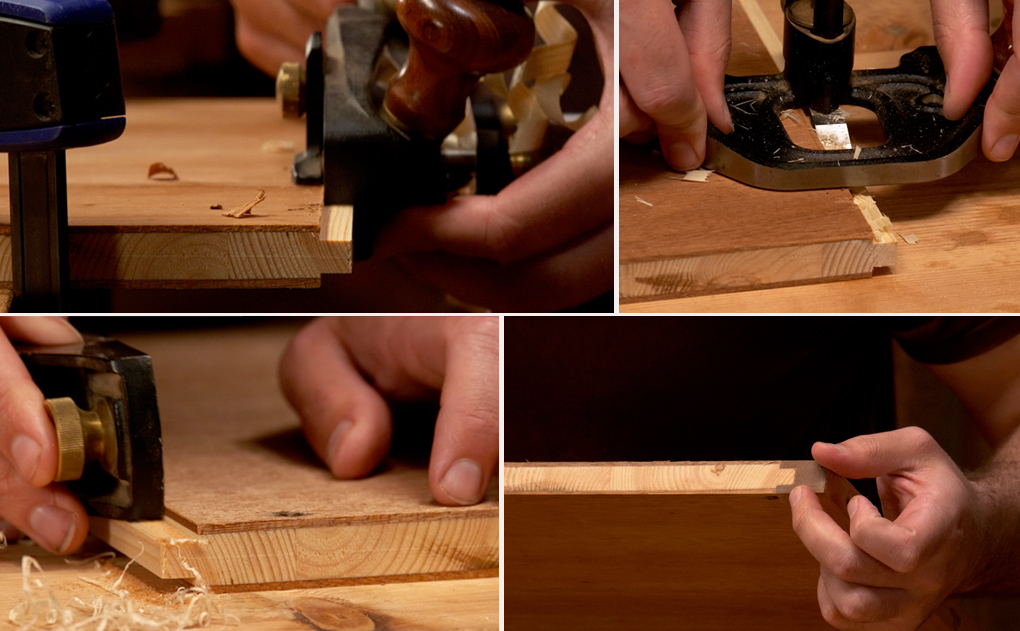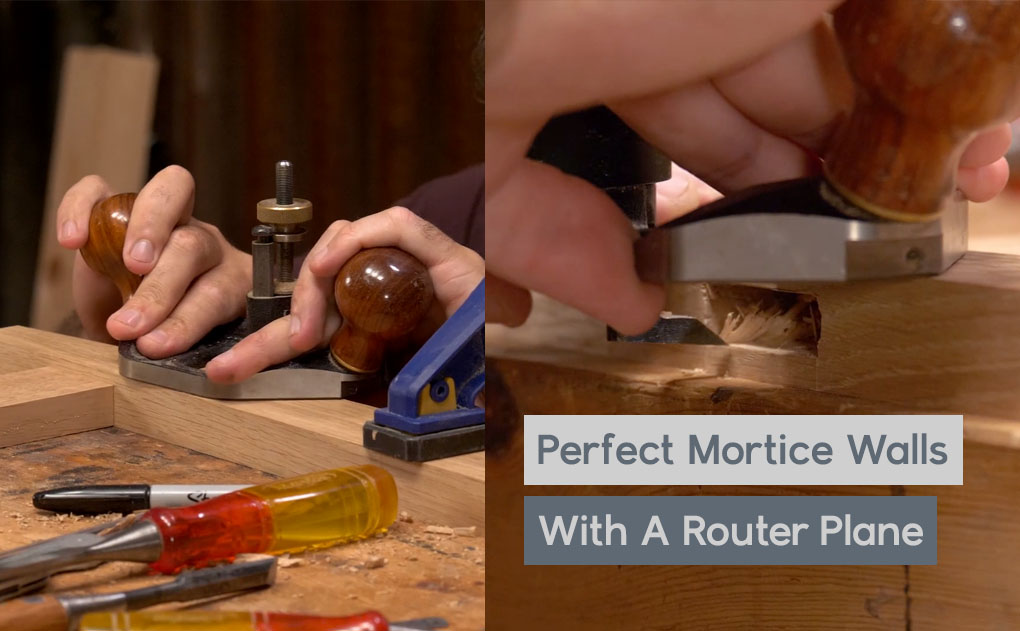I was thinking this morning whilst pluging down on the slightly broken handle of my pillar drill that I am always stood at this machine. It’s a tool that I barely take account of and really didn’t give any thought to it’s quality or durability when I bought it as I’d expected to need it only now and again.
It’s main purpose has been for fitting vices as there’s always a lot of very large and accurate holes to be made. Back when I was short on space in one of my old ‘furniture making’ workshop the drill was squeezed in to my timber shed and I had to traipse the vice jaws too and from the workshop, what seemed like 10 mile each way – that’s how much I thought of my pillar drill! It wasn’t until I moved to a larger workshop that it could finally be accepted in where the action happens but then it wasn’t until this morning that I actually realised just how much it gets used.
Building workbenches does seem to require a lot of holes; there’s those for the bench dogs, the vice jaws and all of the drawboring for the joinery . This poor drill has never been looked after or cared for and yet it gets a serious workout every week. It’s been so reliable I did’t even notice that I’d started using it so much. I should think that much of what I do at it could just as quickly be done with a hand held drill so I suppose I’m using just because it’s there. Just like a tin of shortbread, you could have a couple of pieces but you don’t, you eat the lot because you know they’re there (or is that just me?). I think my drill has earnt a clean up and maybe a better repair to that handle.
Still I’ll not forget the headaches it gave me when it was new. The drill came fitted with a keyless chuck and the trouble with a chuck that has no key is sometimes it desides to stay locked. Maybe this was an isolated problem with mine due to excessive use or something but I remember days that started out so productively being held up by the dreaded chuck lock. All sorts of creative ways were attempted to get drill bits out with the most effective being to throw the whole chuck in to the freezer. This happened just a few times before I realised a good old keyed chuck was more my thing.



![Which Saws Are Best For Ripping Thick Stuff? [Video]](https://www.theenglishwoodworker.com/wp-content/uploads/2022/12/what-hand-saw-is-best-for-thick-rip-cuts.jpg)

![Quick Homemade Clamps – Small & Large [with video]](https://www.theenglishwoodworker.com/wp-content/uploads/2022/08/how-to-make-your-own-woodworking-clamps.jpg)

Richard,
You were quite right to get rid of the “keyless chuck” they are OK on hexagonal bits,but tear the shank of real drills to pieces (as well as the palms of your hands)I also use the Morse Taper drill in my drill,which are better for larger ( over 1″ Dia drills).I also think that given the general shut down of all engineering companies in UK there are a lot of good 3 Phase drills going very cheaply on the market,which will give far better service than the Chinese made drills which are generally available,most uninitated woodworkers seem to want a new machine,thinking it will be better!
Chris,
France.
Thanks Chris,
Too right, I don’t think anything can compete with the old British built machines. As you say it can be a very cost effective way of setting up a workshop if you can handle the weight! I’ll be looking out for a lovely flat belt driven drill at some point down the line but have to say you can get the odd exception with the Chinese imports, some of them today are improving a little in quality.